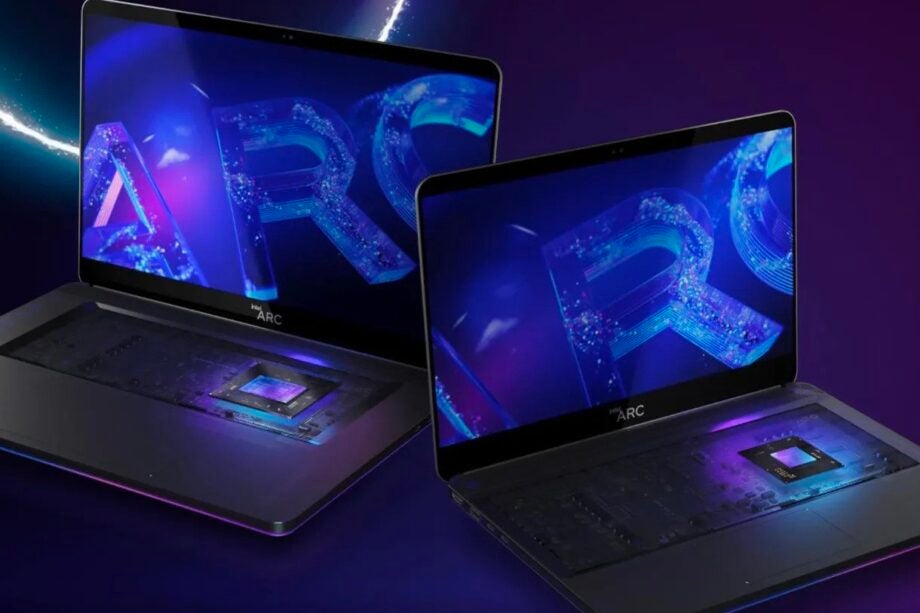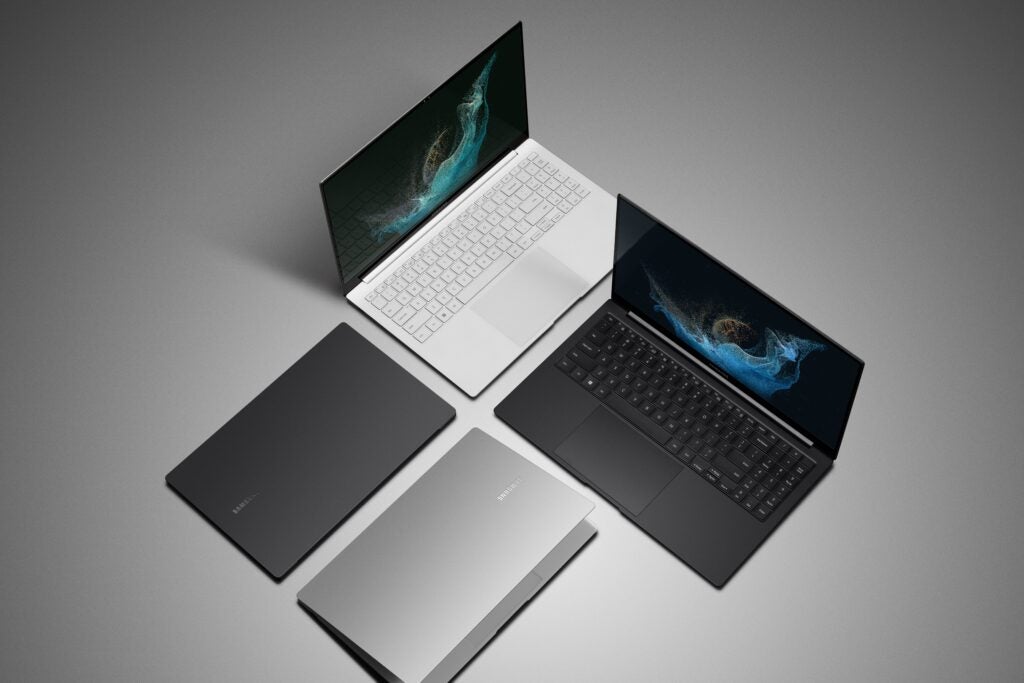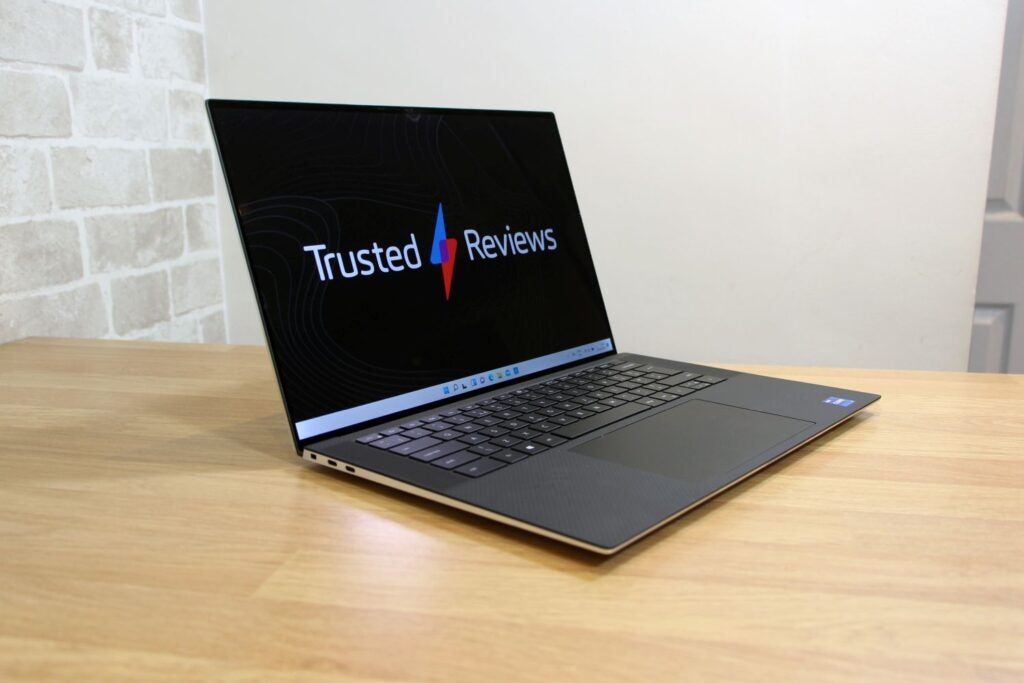Ctrl+Alt+Delete: Intel Arc will make portable PC gaming more accessible

OPINION: This week, Intel announced its first major discrete mobile GPUs, with the A350M and A370M graphics chips both rolling out in various laptops this month.
However, there have been concerns regarding the performance power that these chips will offer, with leaked 3DMark benchmark results (via Tom’s Hardware) suggesting the base Intel Arc A350M is actually less powerful than a 5-year old GTX 1050 Ti notebook GPU.
But even if these leaks are accurate – and that’s ignoring the fact Intel is yet to release the launch graphic drivers – I personally think such benchmark comparisons are missing the point.
The Intel Arc 3 tier of discrete laptop GPUs aren’t designed to raise the performance ceiling, even for low-end gaming laptops. Instead, it’s the extremely low total graphics power (TGP) that I find most interesting.
The Intel Arc A350M has a TGP of 25-35W, while the Intel Arc A370M isn’t much more power-hungry at 35-50W. This means that these new chips seemingly leech significantly less power than Nvidia’s GTX 1050 GPU, which has a maximum power draw of 75W. Intel and Nvidia are using slightly different metrics here, but it’s still clear to see that the Intel Arc A350M is still more power efficient than the GTX 1050 Ti.
This means that laptops with Intel Arc 3 chips will potentially have a better battery life than GTX 1050 Ti machines. And GPUs that consume less power also generally produce less heat, allowing manufacturers to cram it inside ultra-skinny laptops without worrying about the thermals.

A perfect example of this is the Samsung Galaxy Book Pro 2, which will be one of the very first laptops to feature an Intel Arc GPU. Remarkably, this 15.6-inch laptop is just 11.9mm thick and weighs a lightweight 1.41kg despite packing a discrete GPU.
The biggest downside of having a discrete GPU inside a laptop is the extra heft it adds to the laptop, making it more difficult to carry around in a bag. Nvidia’s GTX 1050 Ti is generally only available in laptops that weigh in excess of 2kg. But Intel has seemingly avoided this issue with its Intel Arc 3 range, which is an impressive achievement.
Nvidia has admittedly improved the power efficiency of its mobile GPUs over the years, but you’ll still struggle to find any laptop with an RTX 3050 GPU – or even the less powerful GTX 1650 chip – that’s lighter than the upcoming Galaxy Book Pro 2.
We recently reviewed the Dell XPS 15, which is an excellent laptop that benefits from the power of an RTX 3050 Ti discrete GPU. However, it also has a starting weight of 1.84 kg, which is more than 400g heavier than the Arc Galaxy Book Pro 2.

Of course, Intel isn’t using wizardry to achieve such a design, so it has had to compromise on the graphics power offered by its Intel Arc chips – you’ll almost certainly get a better gaming performance with Nvidia’s crop of mobile GPUs.
But according to Intel, several AAA games including Hitman 3, Doom Eternal and Destiny 2 will be playable at 60fps with laptops that pack the Intel Arc A370M – you will have to tweak the graphics settings to get these results, but it’s still nevertheless impressive.
We will have to put these performance claims to the test once we get our hands on an Intel Arc laptop. But the early signs are encouraging, especially since laptops with Intel Arc 3 GPUs will be available for as little as $899, making them far more affordable than the majority of gaming laptops with discrete graphics chips.
So while the first batch of Intel Arc 3 laptop GPUs are highly unlikely to set the world alight with their benchmark scores, they still have huge potential for making PC gaming more accessible. Imagine a world where you can use your ultra-portable office laptop to play all of your favourite PC games on the go – that’s clearly Intel’s goal, even if it won’t whet the appetite of the more hardcore gamers.
Ctrl+Alt+Delete is our weekly computing-focussed opinion column where we delve deeper into the world of computers, laptops, components, peripherals and more. Find it on Trusted Reviews every Saturday afternoon.








